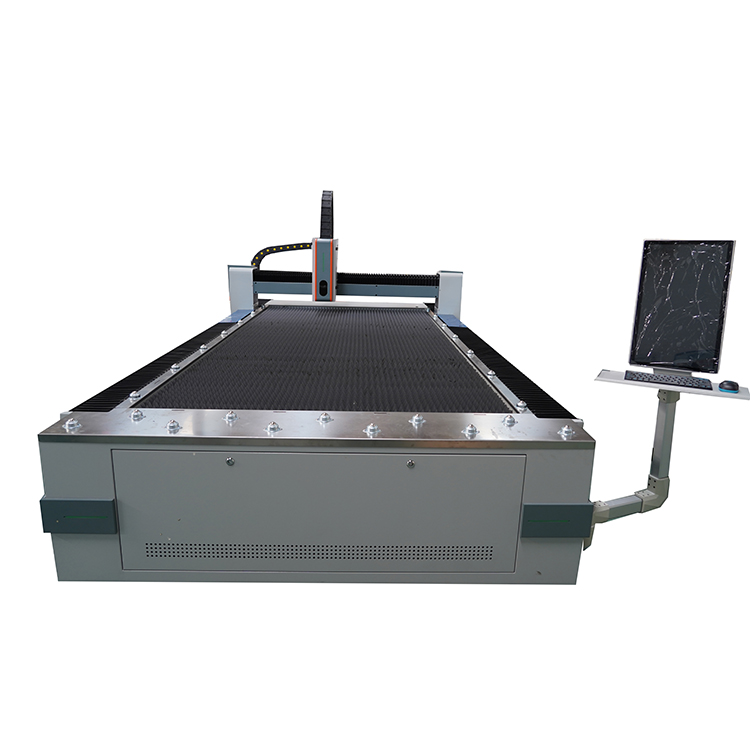
- English
- Español
- Português
- русский
- Français
- 日本語
- Deutsch
- tiếng Việt
- Italiano
- Nederlands
- ภาษาไทย
- Polski
- 한국어
- Svenska
- magyar
- Malay
- বাংলা ভাষার
- Dansk
- Suomi
- हिन्दी
- Pilipino
- Türkçe
- Gaeilge
- العربية
- Indonesia
- Norsk
- تمل
- český
- ελληνικά
- український
- Javanese
- فارسی
- தமிழ்
- తెలుగు
- नेपाली
- Burmese
- български
- ລາວ
- Latine
- Қазақша
- Euskal
- Azərbaycan
- Slovenský jazyk
- Македонски
- Lietuvos
- Eesti Keel
- Română
- Slovenski
- मराठी
- Srpski језик
What factors need to be considered when choosing the type of laser cutting?
2023-12-15
1. Material type and thickness: Laser cutting depends greatly on the characteristics of the material. Certain types of lasers, such as fiber lasers, are more effective at cutting metals such as stainless steel or aluminum, while carbon dioxide lasers excel at cutting non-metallic materials such as wood, acrylics and paper. It is also important to understand the thickness of the material. For example, thicker materials may require a more powerful laser.
2. Required Accuracy and Edge Quality: The type of laser you choose will affect the accuracy of the cut. Solid-state lasers, such as neodymium-doped yttrium aluminum garnet (Nd:YAG) and neodymium-doped yttrium orthovanadate (Nd:YVO4), are known for their precision and high-quality finish.
3. Production Speed Requirements: Fiber lasers have high speed capabilities and are particularly suited to applications that require rapid sheet metal fabrication. In contrast, CO2 lasers may not be as fast, but offer versatility.
4. Initial investment budget: Upfront costs can be a decisive factor. For example, diode lasers are typically less expensive than CO2 or fiber lasers.

5. Operation and maintenance costs: Maintenance requirements vary by laser type. Fiber laser cutters require little maintenance, but CO2 laser cutters require regular maintenance due to their complex gas mixtures and mirror control mechanisms.
6. Application: Laser cutting is not just about cutting material. You need to choose the type of laser cutter based on your needs (engraving, drilling, slicing). For example, CO2 lasers provide excellent engraving on materials such as wood and glass.
7. Power consumption and energy efficiency: Despite their power, CO2 lasers consume more energy than fiber lasers. Understanding power consumption can significantly impact operating costs, especially for large-scale operations.
8. Operating environment and available space: The space requirements vary depending on the type of laser. Carbon dioxide resonators take up more space, while fiber laser modules are compact and usually the size of a briefcase.



